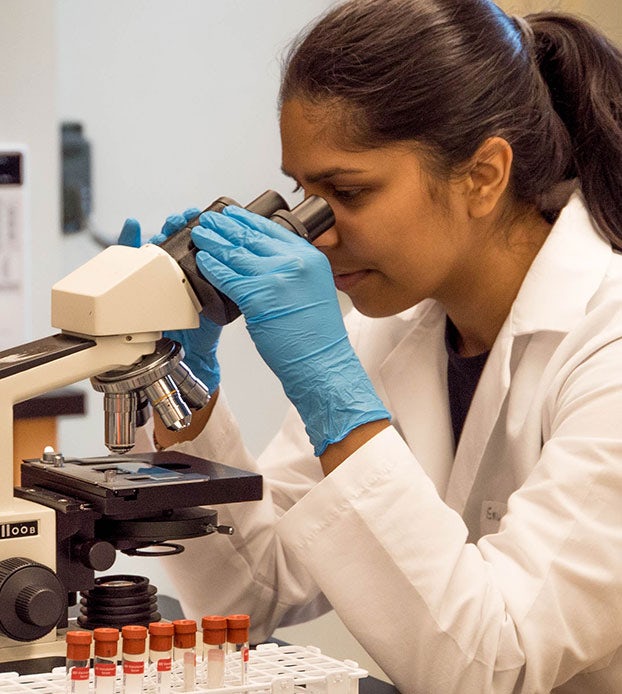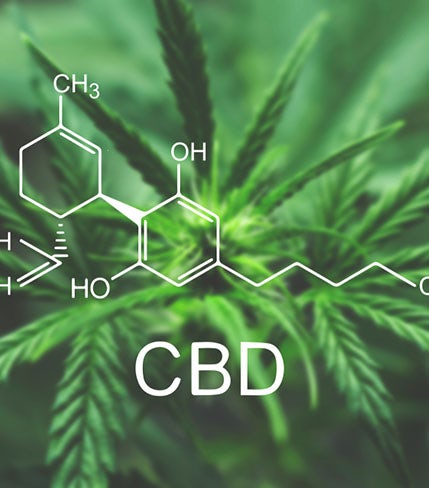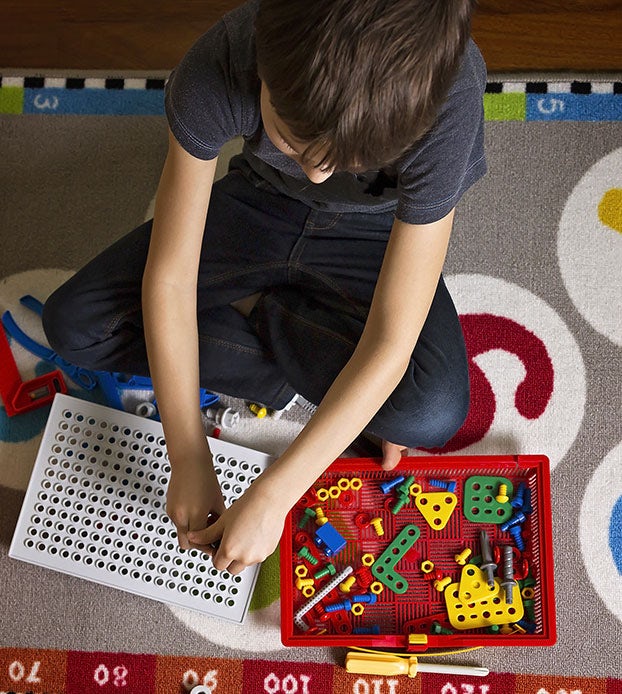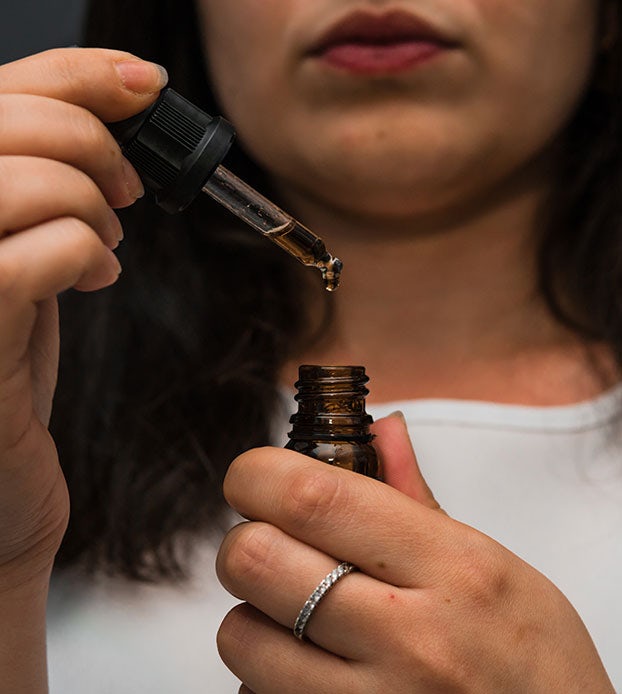Women who regularly use cannabis are more likely to suffer from sleep issues than male cannabis users, a new study has found. The difference, the researchers postulated, could be because women are more sensitive to the effects of cannabis.
Published in “Front Psychiatry” in May 2021, the study examined 170 chronic cannabis users — defined as people who have used cannabis more than 100 times — and found that, relative to a control group, the cannabis users had smaller cerebellum volume and poorer self-reported sleep quality, and these effects were driven by the female cannabis users1.
The earlier female participants reported first using cannabis, the more likely they are to have self-reported sleep issues, the researchers found. This was not the case for the men who took part in the study.
“These data corroborate prior findings that females may be more sensitive to the neural and behavioral effects of chronic cannabis use than males,” the researchers stated, adding that “females’ self-reported sleep quality (as indexed by the global PSQI score) was similarly more vulnerable to the negative effects of cannabis use than for males.”
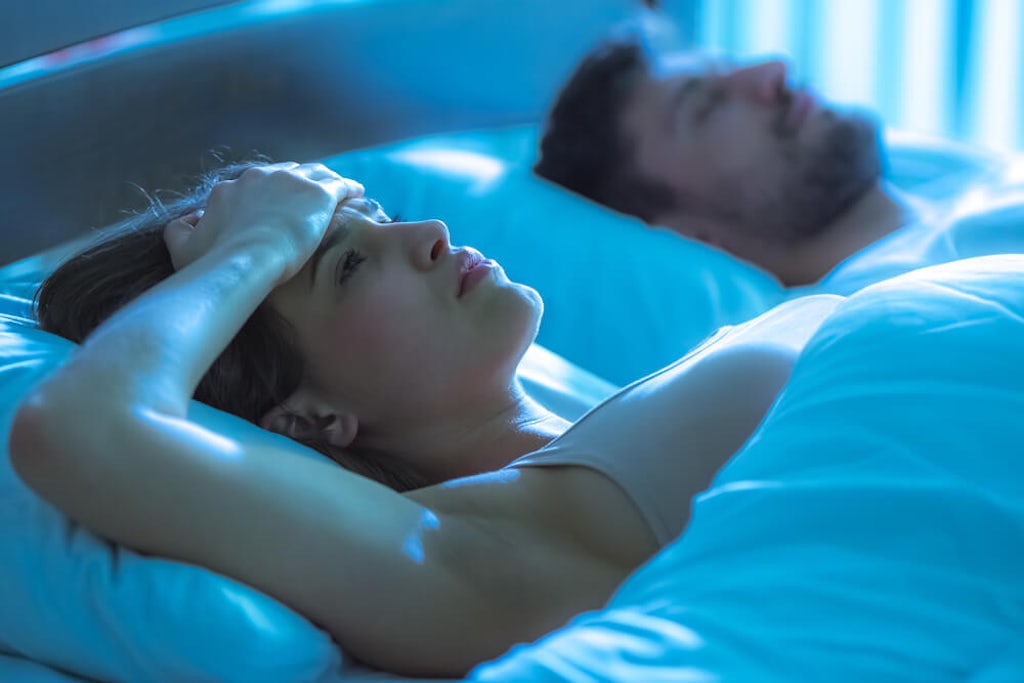
The participants included 114 men and 56 women, with a mean age of 27 among the men and 28 for the women. The study’s results were compiled by using MRI scans, the self-reported Pittsburgh Sleep Quality Index (PSQI), and a number of statistical analyses.
The researchers stated that there were some limitations to the study. Namely, they had no information regarding whether or not participants were using cannabis to treat sleep problems in the first place.
“It is possible that when used for medicinal purposes and with low-THC strains that are less likely to lead to CUD, cannabis may not have a negative impact on sleep,” the researchers stated. CUD stands for Cannabis Use Disorder, which is characterized as a problematic pattern of cannabis use that leads to significant impairment or distress, often with cravings and withdrawal symptoms.
Another discrepancy between the men and women in the study was that the female participants were only 57% caucasian and 30% black, as opposed to 73% and 16% among the men. Also, there were twice as many men who took part in the study, which they said may have limited some of the statistical power of their findings. Finally, and while it wasn’t cited as a limitation of the study, the researchers did note that previous research has found that women report lower sleep quality even when no substance use is involved2.
How cannabis can affect sleep for both genders
Regardless of any gender differences, cannabis can harm sleep quality, even though it can make it easier for many people to fall asleep at night.
Studies have found that high-THC cannabis preparations can reduce REM sleep3, which can suppress dreams and harm sleep quality. On the other hand, for people who suffer from nightmares, in particular people with PTSD4, the dream suppressing effects of THC can provide relief from nightmares5.
Speaking on The Cannabis Enigma podcast, however, Dr. Dustin Sulak disputed the idea that cannabis harms sleep quality.
“There is very little data to support this idea that Cannabis interferes with sleep architecture in the range of dosing that most people would use,” said Dr. Sulak, a physician who specializes in cannabis care.
“That’s different than the benzodiazepines like Valium and some of the other prescription sleep aids, which do knock you out, but they also interfere with the both dreaming state and the slow wave sleep,” he added.
Countless people use cannabis at least in part because it can make it easier to fall asleep, making it a potentially effective treatment for insomnia.
How cannabis affects men and women differently
The “Front Psychiatry” study is only the latest research to highlight differences in how cannabis may affect women and men.
A study published in 2000 for instance found that women exhibited greater subjective ratings of “drug effect” with cannabis, including higher ratings of “anxious/nervous,” “restless,” and “heart racing,” among others6.
Also, a comprehensive review published in 2020 found that women who use cannabis transition to CUD more quickly than men, despite observing a smaller prevalence of CUD in women. Women are also more likely to face stigma for using cannabis based on social norms7.
It’s not all bad news though. Another study published in 2020 found that more frequent marijuana use “is associated with improved sexual function among female users,” whether it’s edibles, vaping, or smoking8.
And that’s before we even get into the evidence suggesting that cannabis can cause significant reproductive and sexual performance problems for men.
Sources
- McPherson, K. L., Tomasi, D. G., Wang, G. J., Manza, P., & Volkow, N. D. (2021). Cannabis Affects Cerebellar Volume and Sleep Differently in Men and Women. Frontiers in psychiatry, 12, 643193. https://doi.org/10.3389/fpsyt.2021.643193
- Li, L., Sheehan, C. M., & Thompson, M. S. (2019). Measurement Invariance and Sleep Quality Differences Between Men and Women in the Pittsburgh Sleep Quality Index. Journal of clinical sleep medicine : JCSM : official publication of the American Academy of Sleep Medicine, 15(12), 1769–1776. https://doi.org/10.5664/jcsm.8082
- Schierenbeck, T., Riemann, D., Berger, M., & Hornyak, M. (2008). Effect of illicit recreational drugs upon sleep: cocaine, ecstasy and marijuana. Sleep medicine reviews, 12(5), 381–389. https://doi.org/10.1016/j.smrv.2007.12.004
- El-Solh A. A. (2018). Management of nightmares in patients with posttraumatic stress disorder: current perspectives. Nature and science of sleep, 10, 409–420. https://doi.org/10.2147/NSS.S166089
- Fraser G. A. (2009). The use of a synthetic cannabinoid in the management of treatment-resistant nightmares in posttraumatic stress disorder (PTSD). CNS neuroscience & therapeutics, 15(1), 84–88. https://doi.org/10.1111/j.1755-5949.2008.00071.x
- Sholler, D. J., Strickland, J. C., Spindle, T. R., Weerts, E. M., & Vandrey, R. (2020). Sex differences in the acute effects of oral and vaporized cannabis among healthy adults. Addiction biology, e12968. Advance online publication. https://doi.org/10.1111/adb.12968
- Greaves, L., & Hemsing, N. (2020). Sex and Gender Interactions on the Use and Impact of Recreational Cannabis. International journal of environmental research and public health, 17(2), 509. https://doi.org/10.3390/ijerph17020509
- Kasman, A. M., Bhambhvani, H. P., Wilson-King, G., & Eisenberg, M. L. (2020). Assessment of the Association of Cannabis on Female Sexual Function With the Female Sexual Function Index. Sexual medicine, 8(4), 699–708. https://doi.org/10.1016/j.esxm.2020.06.009
Sign up for bi-weekly updates, packed full of cannabis education, recipes, and tips. Your inbox will love it.

 Shop
Shop Support
Support

